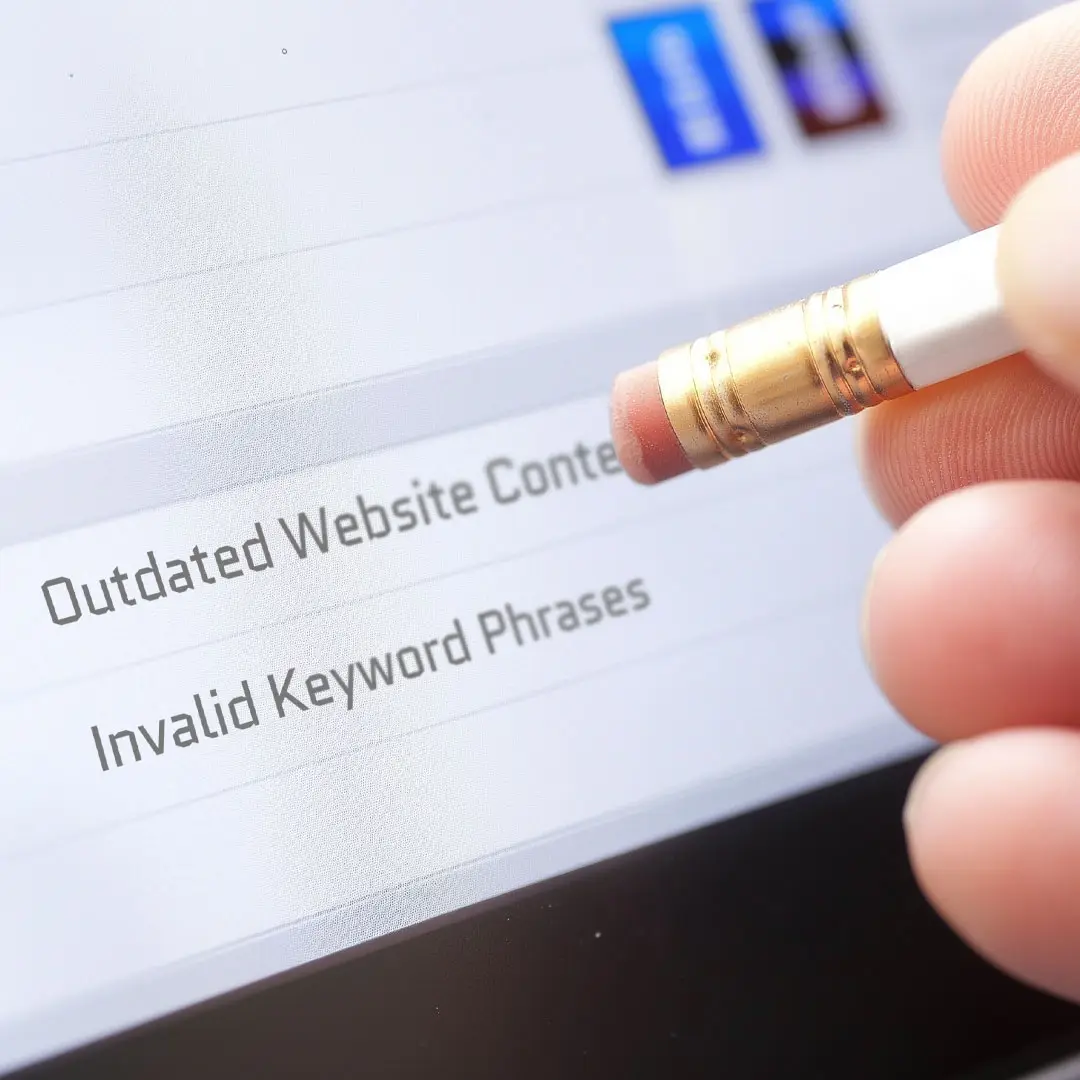First, here is the pattern that keeps winning across industries. Authoritative hubs, paired with generative engine optimization, and backed by growing review velocity, tend to show up where decisions actually start. That means local pack, AI Overviews citations, and answer modules. Therefore, plan for visibility in those surfaces, and then measure how that presence influences qualified pipeline.
Expect more impressions and a tighter click through rate.
Because AI Overviews now sit on many results, several studies have documented rising impressions and falling CTRs on informational queries. In other words, the top of the page answers the question, and fewer people click through. That is normal after the AI shifts, and it does not mean your strategy is failing, especially if your assisted pipeline holds or grows. For context, see new reporting on CTR squeeze and why AI Overview citations often do not drive clicks (SEL overview impact, BrightEdge impressions up, CTR down).
Measure where decisions start, then tie them to revenue.
First, track presence in the local pack and map results, because that is a primary click path on local intent queries (BrightLocal stats). Next, log AI Overviews citations and answer impressions where you appear. Then, connect those touchpoints to MQL to SQL progression, opportunity influence, and velocity. Finally, if you report all four together, leadership sees that you are capturing demand even as clicks get redistributed.
Build pillars that are safe to quote and easy to expand.
- Start with three to five authority hubs per service line. Each hub should carry a short definition, three to five FAQs, a named data point, and one short video, because short form remains a strong performer for many teams (HubSpot data, Wyzowl study).
- Merge thin or overlapping posts into the hub, use strategic 301s, and repair 404s so authority flows to the canonical destination (Google guidance on redirects and site moves).
Pair classic SEO with GEO so answers travel farther.
- Keep on page fundamentals strong, titles, headers, internal links, and crawlable media. In parallel, structure answers the way generative engines like to quote them, clear definitions, tight FAQs, and named sources. If you are new to GEO, this primer is a useful starting point (What is GEO, and a planning article on how to invest in GEO alongside SEO).
- Use schema parity, Organization or LocalBusiness with Article and FAQPage as needed, and keep NAP and entity fields consistent across your site, GBP, and social profiles to reduce local ambiguity.
Prove it locally with review velocity and evidence.
- Ask for new reviews every week and respond to them in a timely manner, since review signals correlate with local pack performance in multiple industry studies (BrightLocal research hub).
- Publish a rotating local proof module in each hub, for example a new permit, case outcome, or before and after, and anchor the claim with a named source or document when possible.
- Track review velocity per location and tie it to changes in local visibility so you can prioritize outreach.
Report a board ready narrative, not just a bunch of vanity metrics.
First, open with coverage and presence, local pack, AI Overviews citations, and answer impressions. Next, show the pipeline chain, MQL to SQL rate, assisted opportunities, and velocity. Then, layer in review growth and location level lift. Finally, close with one to three actions for the next month, for example a new hub, two consolidations, and a review target for each location. This keeps the conversation on outcomes while CTR normalizes.
Do this next.
Choose one service line. Then, publish or refresh one authority hub with definition, FAQs, one cited stat, and one short video. After that, consolidate two thin posts into the hub with 301s, and add Organization or LocalBusiness plus FAQPage schema. Finally, set a weekly review target per location and add a dashboard card for local pack presence, AI citations, and answer impressions, mapped to SQLs. Ready to to build your Authority Pillars? Give us a call.





